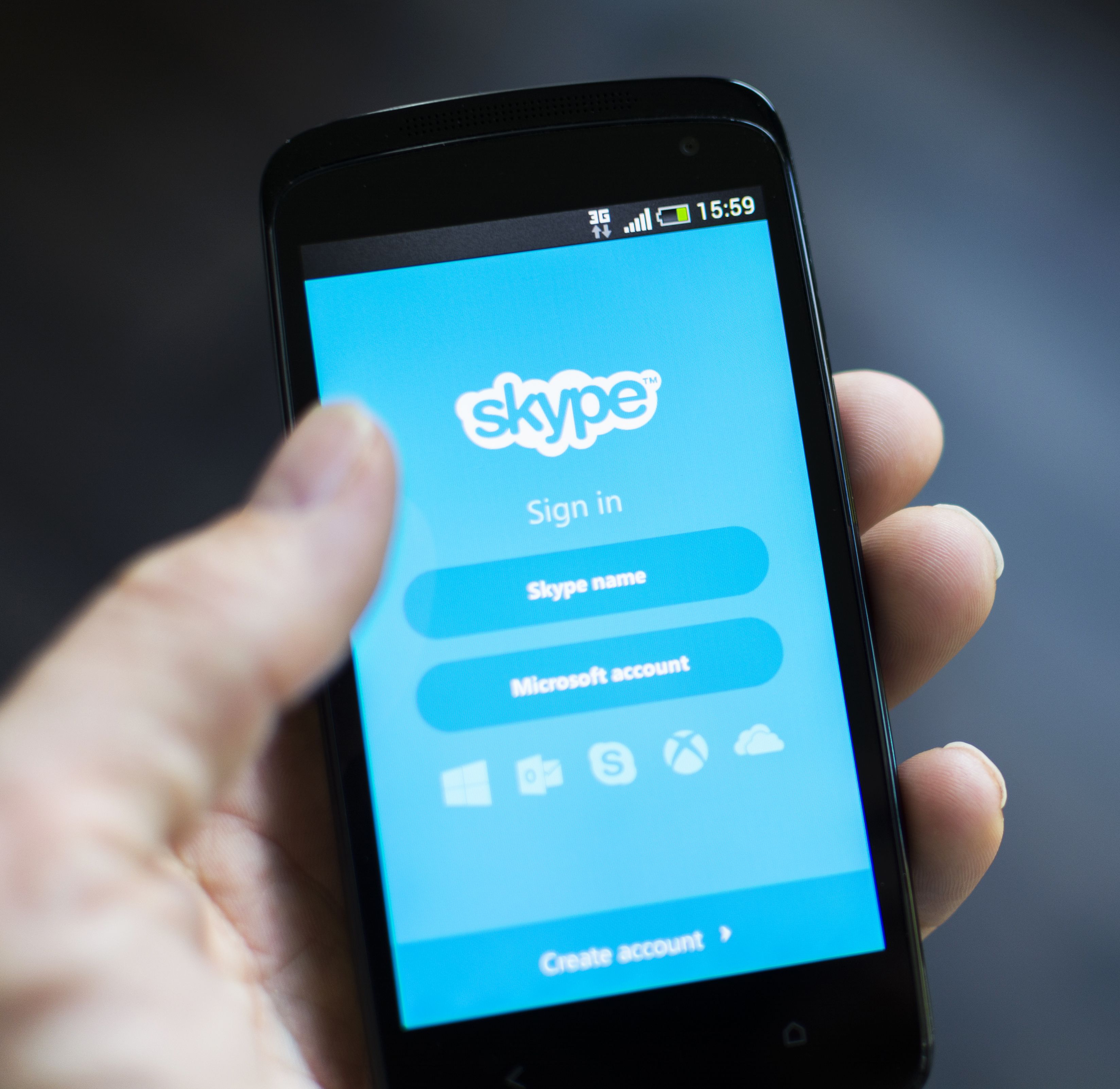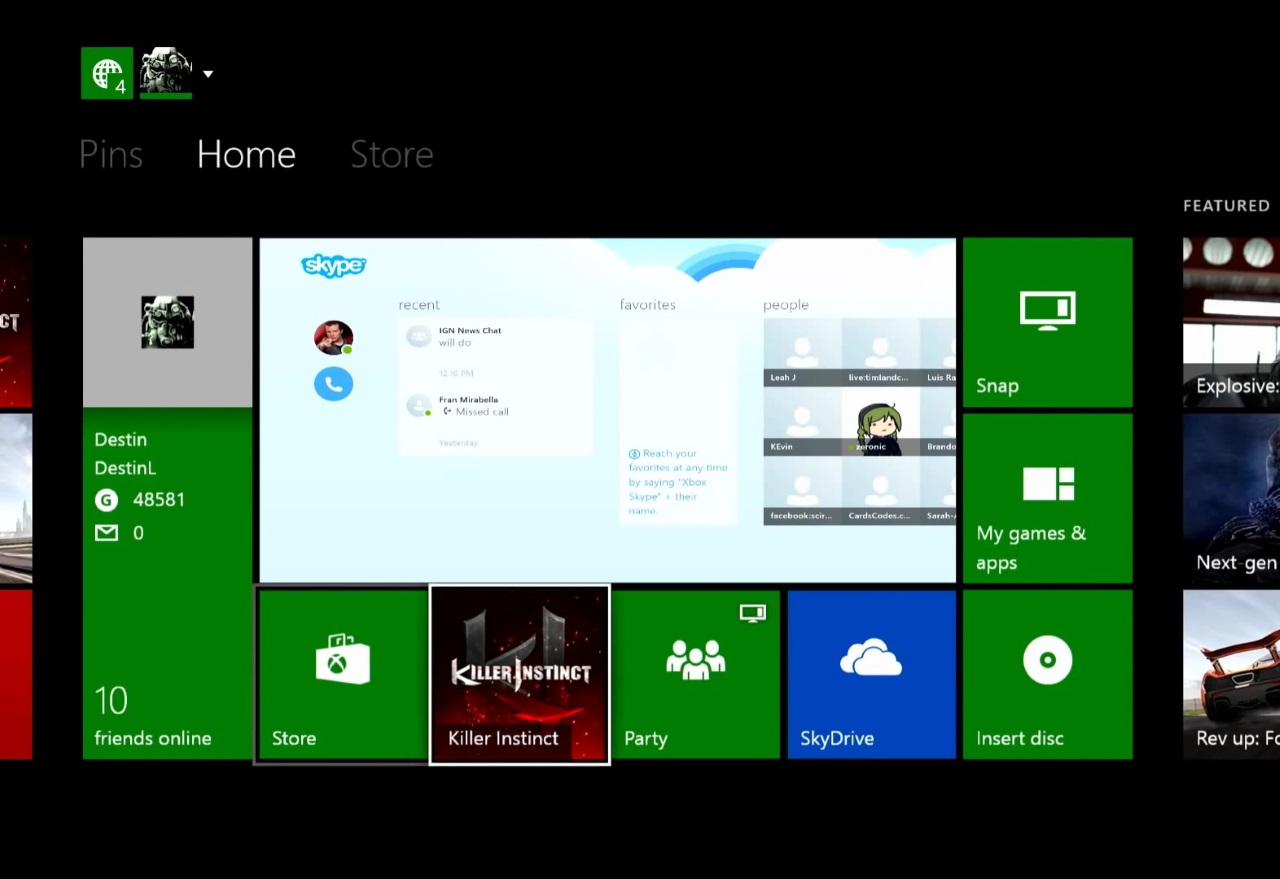

If you can open the Microsoft Store but you are just having trouble finding or installing an app, see I can't find or install an app from Microsoft Store. If you're having trouble opening Microsoft Store, see Microsoft Store doesn't launch. If you can't find Microsoft Store, see Trouble finding the Microsoft Store app in Windows.

Find the app you want to reinstall, and then select Install. See Repair or Remove programs in Windows. If you're having issues installing a game, see Troubleshoot game installations on Windows. If an update for Microsoft Store is available, it will start installing automatically. In Microsoft Store, select Library > Get updates. Select Start, then from the apps list, select Microsoft Store. Make sure that your app works with Windows 11.įor more info, see Your app doesn't work with Windows. If there is an available update, select Install now. Select Start > Settings > Windows Update > Check for updates. Next, work through these possible solutions in the order presented. “This lets us give the newest updates and improvements regardless of where you get Skype, from the Microsoft Store or from .”Īlongside the new announcement, Microsoft also provided information on new updates coming to the latest versions of Skype for Windows 10 and Skype.If you're in Windows 11 and you're having problems with an app from Microsoft Store, consider these updates and fixes.įirst, sign in to your Microsoft account. It is just that Microsoft is bringing uniformity so that the users could get the same experience from wherever they are. Users will still be able to install the Skype app from two different sources. These include Share integration and Outlook contact synchronization.īut the unification does not mean that Microsoft is going to release a single app now. This shift will eradicate a couple of interesting features as the OS-level integration is now gone. This means Microsoft is reimplementing the Store app (React-Native app) as an Electron app. But, now Microsoft has announced that it is unifying the two apps and the move includes replacing the Store app with the desktop app so as to offer the exact same thing you'd get with the desktop version. The two apps look the same but their functionality differs as the latter one has tighter integration with the Windows 10 OS. To the initiated ones, Skype comes in two different versions on Windows 10 - one which you can get as a desktop app by installing it from the official website and the other version is a Microsoft Store app that comes pre-installed on Windows 10 laptops. The move will help Microsoft to build a consistent experience as it will not require to feed updates or other improvements to different versions at the same time. Microsoft is unifying the two apps - Skype for Windows 10 and Skype for Desktop.


 0 kommentar(er)
0 kommentar(er)
